Sign up for our LAVY email
and get our bi-monthly newsletter.
Owning a home is on nearly every American’s wish list; but right now, members of some ethnic groups offer a greater marketing opportunity than others to home builders.
We did some digging into just that to find out how multicultural preferences and homeownership trends play into residential development in today’s market, along with how savvy home builders can use such insight to their advantage. If that’s you, we’re sure you’ll be pleasantly surprised.
Let’s begin by establishing both a baseline and some trends:
From these numbers alone, it’s clear that while multicultural homeownership began to rise in1990, it’s recently graduated from a slow upward trend to one worthy of note to those marketing new homes. LAVIDGE dug deeper to see how home builders can leverage this growing opportunity.
Our 2018 Southwest Residential Development Marketing Report revealed that those who self-identified as “Other than Caucasian” were more likely to be “Very likely to consider a new home purchase in the future” than those who self-identified as “White.”
And they did so by a margin of 15.5 percentage points.
Again, we see this as solid evidence that multicultural marketing is the opportunity. So, we asked these same home buyers, who’d self-identified as being part of the multicultural market, about their marketing preferences for communication and tactics.
Here is what we found.
When it comes to methods of communication, multicultural home buyers are:
Less likely to prefer
More than twice as likely to prefer
More likely to prefer
When it comes to preferred phrases, multicultural buyers are:
Less likely to prefer
“We are a local builder” (margin of 18.5 percentage points)
More likely to prefer
The rest of the survey responses were comparable among all ethnicities surveyed, with differences of 8 percentage points or less between Caucasian and multicultural respondents, with many categories within about 3 percentage points.
Let’s just say we’ve come a long way in the 50 years since the Fair Housing Act was enacted in 1968. While some differences in housing preferences still remain, we’ve achieved much, giving us something to celebrate.
Before you get overly excited about how far we’ve come, do not misunderstand the multicultural opportunity by simply translating your marketing materials into another language such as Spanish.
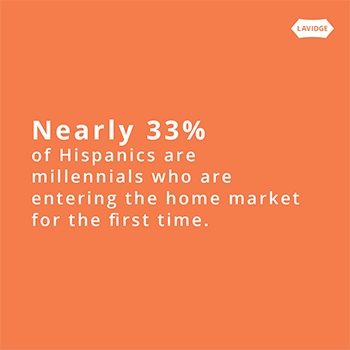 We highly recommend not using this tactic.
We highly recommend not using this tactic.
The U.S. Census in 2016 reported that among Hispanics, 54.2% are bilingual, and 81.4% of them speak English fluently or exclusively. What works well in one language does not always transfer easily to another language and can damage your message and your brand.
For those appealing to a dense Hispanic market, consider additional nuances beyond social media usage such as a preference for Twitter and Instagram over other social channels.
Whatever changes you make based on cultural preferences, be subtle. It can be jarring when brands are inconsistent in their messaging. And for populations who could encounter your ads in both languages, you don’t want your efforts to come off as disingenuous.
Another factor in multicultural marketing is to make your appeal to a member of the appropriate generation. Nearly 33% of Hispanics are millennials who are entering the home market for the first time. At the same time, they are also more likely to live in the same home as their parents than non-Hispanics.
Regardless of who is making the purchase, you’ll want to appeal to the younger family members. Why? Because today, Hispanics are 74 percent more likely than non-Hispanics to be influenced by their children when deciding on a purchase. So even if you are signing the contract with boomers, you’ll likely need their adult children’s buy-in to close the deal.
Not sure where to start? You’re not alone. LAVIDGE can help. We know how to reach out to diverse audiences with just the right messaging.
To learn more, give us a call at 480.998.2600 or send email to info@lavidge.com.
Okay, so this isn’t exactly the place for a throw-back Thursday post. But we believe it is worth your time to take a close look at where multicultural homeownership has already taken root as you seek out future opportunities for growth of your own.
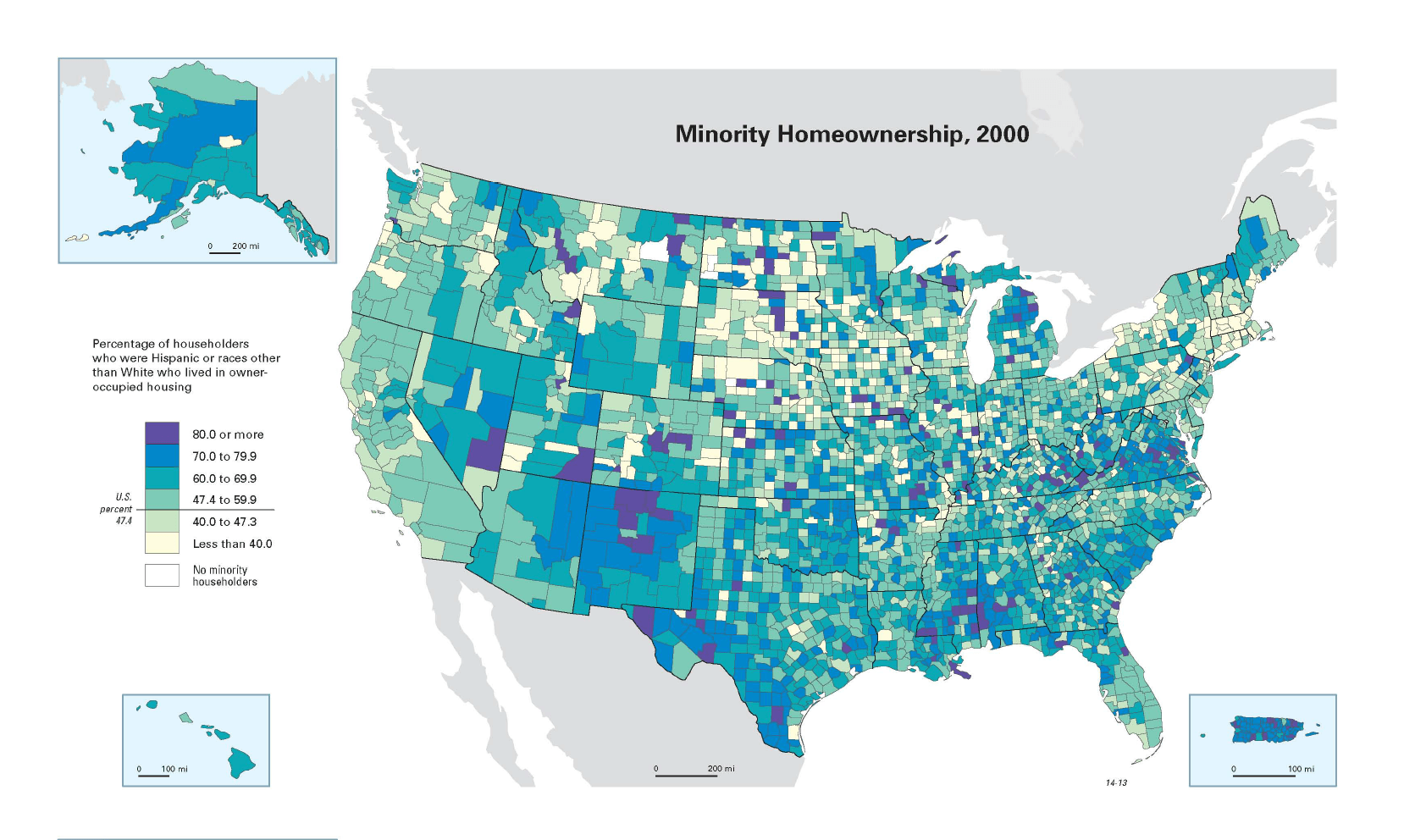
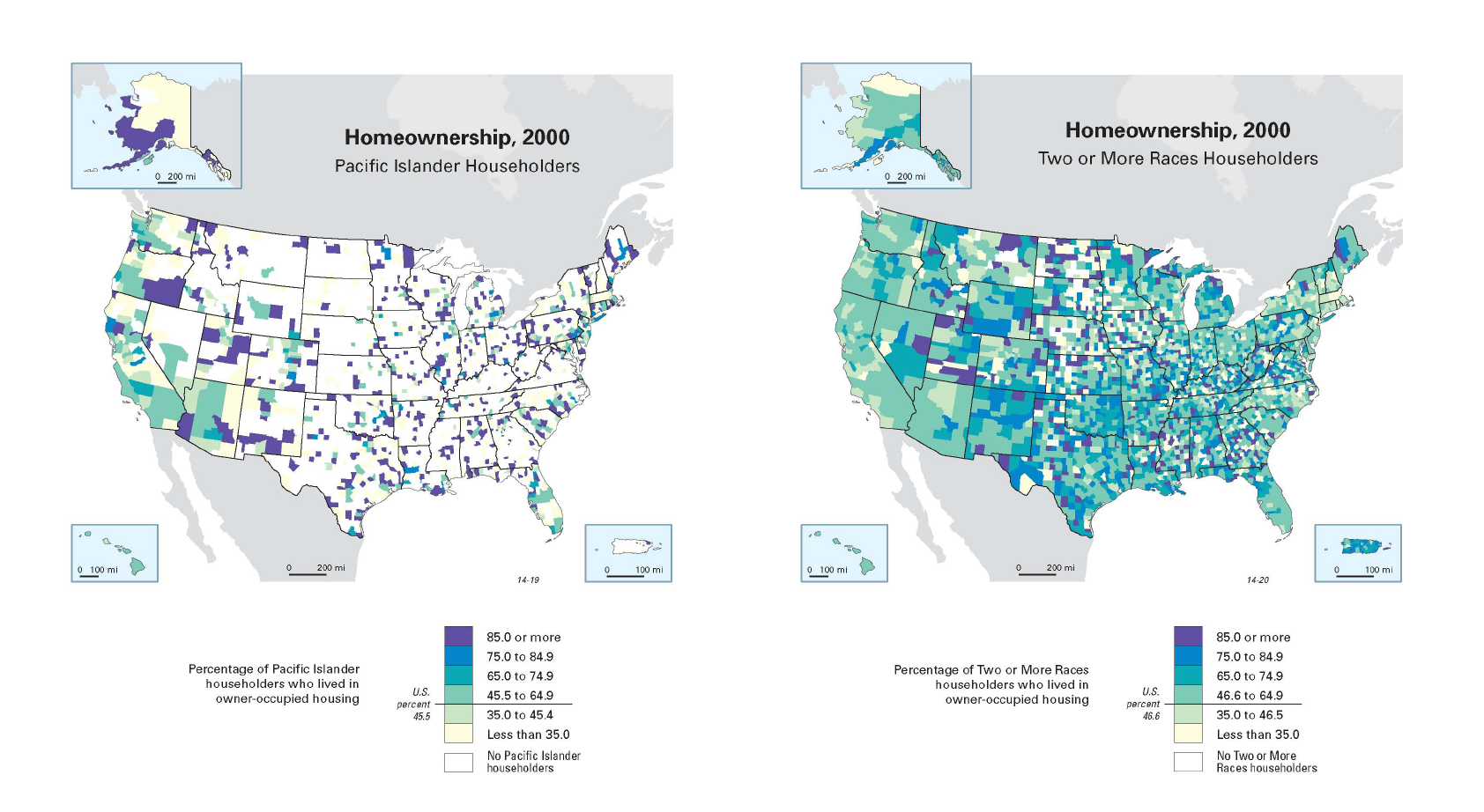
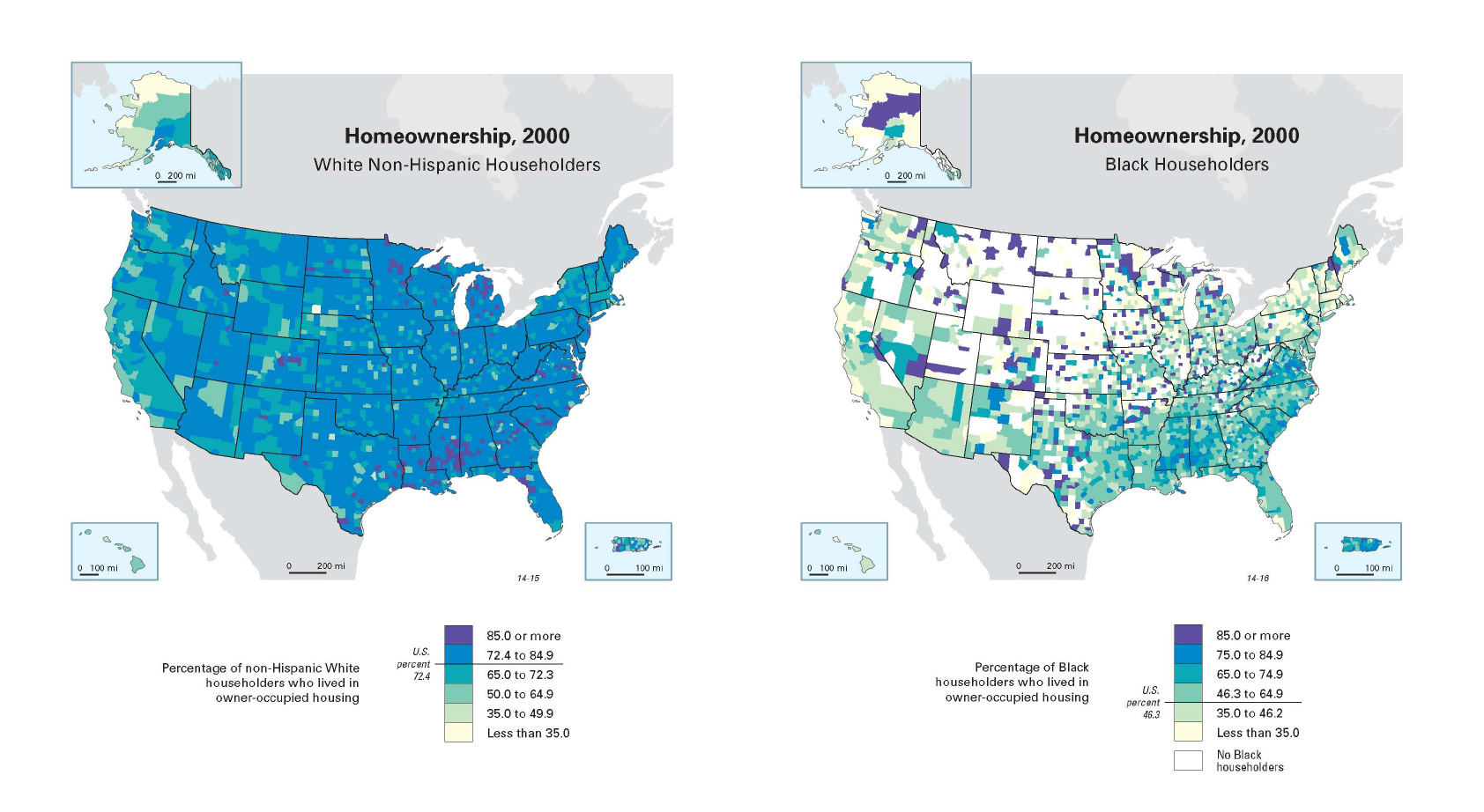
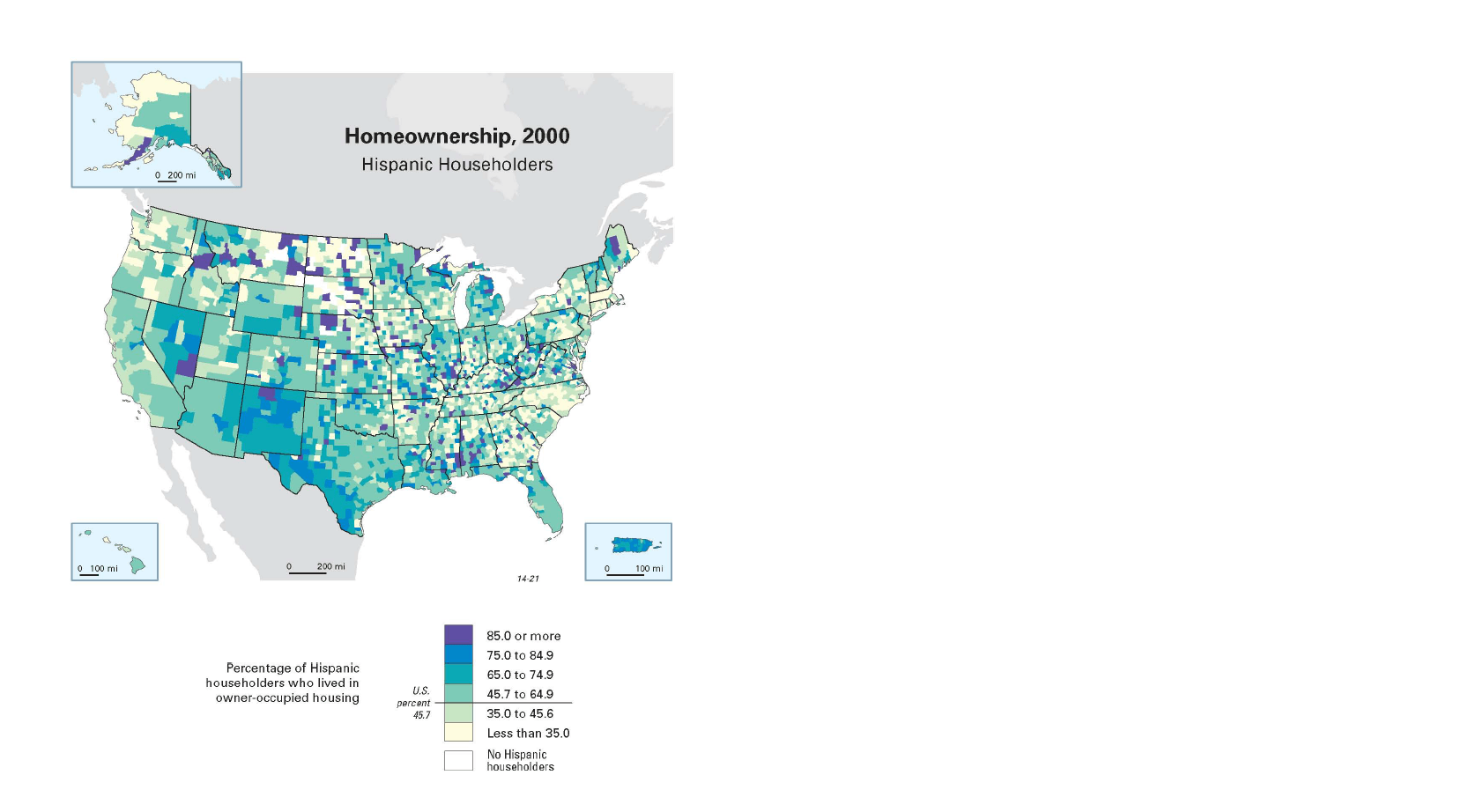
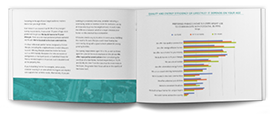
This article is a brief abstract of our exclusive study about home buyers and their preferences for advertising and marketing tactics used by new home builders.
Sign up for our LAVY email
and get our bi-monthly newsletter.